How Vahid Reza Gharehbaghi is Radically Transforming the Future of Smart Structures Forever
Vahid Reza Gharehbaghi is a brilliant engineer who is making big changes in the world of smart structures and structural health monitoring. He has been working in civil and structural engineering for over 15 years, using his skills to improve how we build and check the safety of important structures like bridges and buildings. Right now, Vahid is studying for his Ph.D. in Structural Engineering at the University of Kansas, where he is mixing new technologies like artificial intelligence (AI) and computer vision (CV) into his work.
With his knowledge and experience, Vahid Reza Gharehbaghi is helping engineers find new ways to keep structures safe and strong. His research is all about using smart technology to make sure that buildings and bridges can handle problems before they become serious. This blog post will look at Vahid’s exciting career, his cutting-edge research, and how his work is changing the future of engineering.
Who is Vahid Reza Gharehbaghi?
Vahid Reza Gharehbaghi is a talented engineer who has been working in civil and structural engineering for more than 15 years. His main focus is on smart structures and checking the health of buildings and bridges. Vahid uses advanced technology to make sure these structures stay safe and strong over time.
Right now, Vahid is studying for his Ph.D. at the University of Kansas. He is learning how to use new tools like artificial intelligence (AI) and computer vision to improve his work. His research helps engineers find problems before they become serious, making structures safer for everyone.
Vahid’s work is important because it helps prevent accidents and ensures that bridges and buildings are reliable. By using the latest technology, he makes sure that these structures can handle everyday wear and tear. This way, we can all feel safer in the places where we live and work.
In summary, Vahid Reza Gharehbaghi is a key figure in making our world’s structures safer. His experience and current research are paving the way for better ways to monitor and maintain important infrastructure.
Vahid Reza Gharehbaghi’s Journey in Engineering
Vahid Reza Gharehbaghi’s journey in engineering started with his education in civil engineering. He earned his undergraduate and master’s degrees, which gave him a strong foundation in the field. His passion for structural health monitoring and smart structures grew during his early career, leading him to work on various important projects.
Over the years, Vahid has gained experience in designing, analyzing, and inspecting structures. His work has included bridges, buildings, and other infrastructure. Each project taught him more about how to keep these structures safe and how to apply new technologies to improve their performance.
Currently, Vahid is focused on his Ph.D. research at the University of Kansas. He is exploring how artificial intelligence and computer vision can enhance structural health monitoring. His research aims to develop new methods that make it easier to detect problems early and prevent potential failures.
Vahid Reza Gharehbaghi’s career shows his dedication to advancing engineering practices. His journey reflects his commitment to using innovative techniques to ensure the safety and reliability of the structures we depend on every day.
What is Smart Structures?
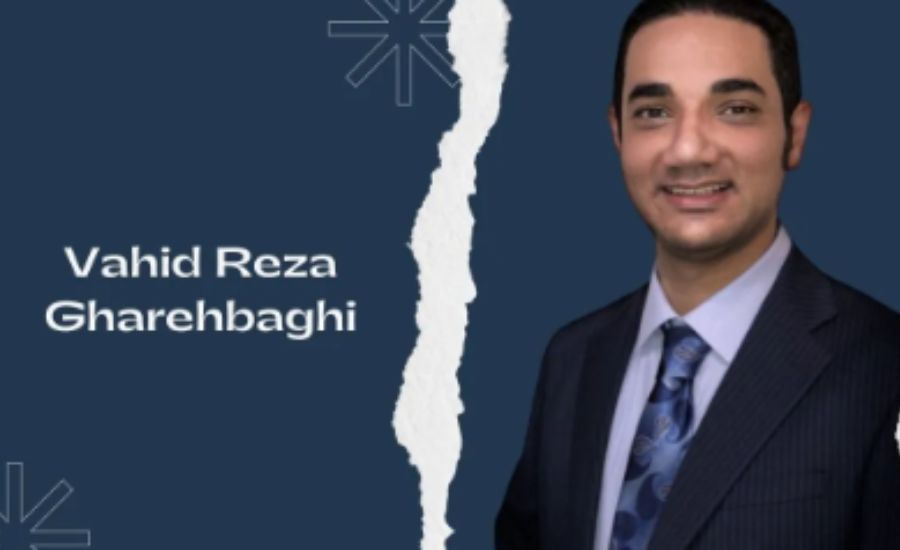
Smart structures are buildings and bridges designed to adapt and respond to their environment using advanced technologies. Vahid Reza Gharehbaghi plays a significant role in this field by integrating sensors and intelligent systems into these structures. These systems help monitor and adjust the structure in real-time to maintain safety and performance.
For example, smart structures can detect changes in their environment, such as vibrations from an earthquake or heavy winds. By using sensors and AI, they can make adjustments to reduce the impact of these changes. This helps prevent damage and keeps the structure safe.
Vahid’s research focuses on making smart structures even more effective. He uses advanced techniques to improve how these systems work, ensuring they can handle various challenges. His work aims to make sure that smart structures are reliable and capable of protecting us from potential hazards.
In summary, smart structures represent a major advancement in engineering. With Vahid Reza Gharehbaghi’s innovations, these structures are becoming more responsive and safer, offering better protection for people and infrastructure.
How Vahid Reza Gharehbaghi Uses AI in Engineering
Vahid Reza Gharehbaghi is at the forefront of using artificial intelligence (AI) in engineering. His research involves applying AI techniques to enhance structural health monitoring. By using AI, Vahid is able to analyze large amounts of data and detect potential issues with buildings and bridges more accurately.
AI can process data from sensors placed on structures, such as vibrations and stress levels. Vahid uses AI algorithms to identify patterns and predict problems before they become serious. This approach helps engineers make timely repairs and maintain the safety of structures.
In addition to improving accuracy, AI also makes the monitoring process more efficient. Vahid’s work helps reduce the time and effort needed to check the condition of structures. By integrating AI into his research, he is helping to advance the field of structural health monitoring and make our infrastructure safer.
Overall, Vahid Reza Gharehbaghi’s use of AI in engineering is transforming how we monitor and maintain structures. His innovative approach ensures that buildings and bridges remain safe and reliable, protecting people and extending the life of critical infrastructure.
Exploring Vahid Reza Gharehbaghi’s Research on Structural Health Monitoring
Vahid Reza Gharehbaghi’s research on structural health monitoring (SHM) focuses on using advanced techniques to keep buildings and bridges safe. SHM involves checking the condition of structures to detect any damage or issues. Vahid’s work includes developing new methods to improve how we monitor these structures.
One of Vahid’s key contributions is the use of sophisticated data analysis methods. He applies techniques like the Hilbert-Huang Transform and Empirical Mode Decomposition to study structural vibrations and identify problems. These methods help detect damage early, preventing serious failures.
His research also explores the integration of AI with SHM systems. By combining AI with traditional monitoring techniques, Vahid enhances the accuracy and efficiency of detecting structural issues. His work aims to create more reliable and effective SHM solutions.
In summary, Vahid Reza Gharehbaghi’s research in SHM is crucial for maintaining the safety and longevity of structures. His innovative methods and use of AI are advancing the field and helping engineers ensure that infrastructure remains strong and safe.
Vahid Reza Gharehbaghi’s Impact on Bridge Safety
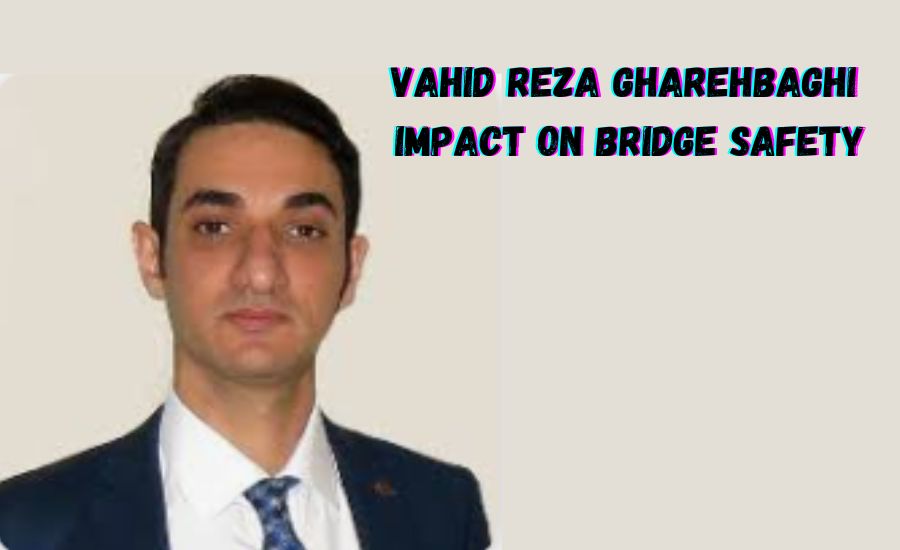
Vahid Reza Gharehbaghi has made significant contributions to the safety of bridges through his work in structural health monitoring. Bridges are critical parts of our infrastructure, and keeping them safe is essential. Vahid’s research focuses on using advanced technologies to monitor the health of these important structures.
His work involves applying smart sensors and AI to detect any problems with bridges. By analyzing data from these sensors, Vahid can identify potential issues early. This helps engineers make repairs before small problems become big ones, ensuring that bridges remain safe for use.
Additionally, Vahid’s innovations in monitoring techniques have improved how engineers assess bridge conditions. His methods provide more accurate and timely information, which is crucial for maintaining the safety of bridges. His impact extends to many projects, enhancing the reliability of bridge infrastructure.
Overall, Vahid Reza Gharehbaghi’s contributions to bridge safety are vital for protecting people and maintaining the integrity of our transportation networks. His advancements in monitoring and technology ensure that bridges continue to serve us safely.
The Role of Computer Vision in Vahid Reza Gharehbaghi’s Work
Computer vision plays a significant role in Vahid Reza Gharehbaghi’s research on structural health monitoring. This technology helps analyze images and data from structures to detect any signs of damage or wear. Vahid uses computer vision to enhance the accuracy of monitoring and improve the safety of buildings and bridges.
- Significant Role in Structural Monitoring: Computer vision is a crucial aspect of Vahid Reza Gharehbaghi’s research in structural health monitoring. It assists in analyzing images and data to identify damage or deterioration in structures.
- Enhancing Accuracy and Safety: By incorporating computer vision, Vahid enhances the precision of monitoring systems, which leads to improved safety for structures like buildings and bridges.
- Detailed Inspections from Multiple Angles: Computer vision allows Vahid to closely observe structures from different perspectives, making it possible to conduct thorough inspections and detect problems early.
- Identifying Hidden Issues: This technology can uncover potential problems that might be overlooked using traditional inspection methods, giving engineers a more reliable understanding of structural conditions.
- Transforming Infrastructure Monitoring: Vahid’s innovative use of computer vision is revolutionizing the way infrastructure is monitored, offering engineers enhanced tools for maintenance and safety.
Key Tool for Early Detection: In summary, computer vision plays a vital role in Vahid’s work, enabling early detection of structural issues and contributing to safer, more dependable infrastructure.
In summary, computer vision is an essential tool in Vahid Reza Gharehbaghi’s work. It helps improve the monitoring of structures and ensures that any issues are detected early, contributing to safer and more reliable infrastructure.
How Vahid Reza Gharehbaghi is Revolutionizing Structural Analysis
Vahid Reza Gharehbaghi is revolutionizing structural analysis with his innovative techniques and research. Structural analysis involves evaluating the strength and stability of buildings and bridges. Vahid’s work introduces new methods and technologies to make this process more effective and accurate.
One of Vahid’s key innovations is the use of advanced data analysis methods. These techniques help engineers understand how structures respond to different stresses and conditions. By improving the accuracy of these analyses, Vahid helps ensure that structures are designed and maintained to handle real-world challenges.
His research also explores integrating artificial intelligence with structural analysis. This combination enhances the ability to predict and prevent potential problems. Vahid’s approach provides engineers with better tools to assess the safety and performance of structures.
Overall, Vahid Reza Gharehbaghi’s contributions to structural analysis are changing how we approach engineering challenges. His advancements ensure that buildings and bridges are safer and more reliable, benefiting everyone who uses them.
Innovative Techniques by Vahid Reza Gharehbaghi for Damage Detection
Vahid Reza Gharehbaghi is known for his innovative techniques in damage detection for structures. Detecting damage early is crucial for maintaining the safety and longevity of buildings and bridges. Vahid’s methods use advanced technology to identify problems before they become serious.
One of Vahid’s notable techniques is the Hilbert-Huang Transform, which analyzes vibrations to detect damage. This method helps find changes in the structure’s behavior that might indicate problems. Another technique he uses is Empirical Mode Decomposition, which breaks down complex signals to spot anomalies.
These innovative methods are valuable for large-scale infrastructure projects, where early detection can prevent costly failures. Vahid’s work in damage detection is essential for ensuring that structures remain safe and functional over time.
In summary, Vahid Reza Gharehbaghi’s techniques for damage detection are advancing the field of structural health monitoring. His innovative approaches help engineers maintain the safety and reliability of critical infrastructure.
The Future of Structural Health Monitoring with Vahid Reza Gharehbaghi
The future of structural health monitoring (SHM) is bright thanks to the work of Vahid Reza Gharehbaghi. SHM involves continuously checking the condition of buildings and bridges to ensure they remain safe. Vahid’s research is paving the way for new advancements in this field.
One key area of Vahid’s work is the integration of artificial intelligence with SHM systems. This combination improves the accuracy and efficiency of monitoring, allowing for better early detection of issues. His research is making SHM systems more advanced and reliable.
Another exciting development is the use of computer vision in Vahid’s work. This technology enhances the ability to inspect and analyze structures, providing detailed information about their condition. As these technologies continue to evolve, they will make SHM even more effective.
In conclusion, Vahid Reza Gharehbaghi is shaping the future of structural health monitoring. His innovations and research are leading to more advanced and reliable methods for ensuring the safety of our infrastructure.
Vahid Reza Gharehbaghi Contributions to Engineering Education
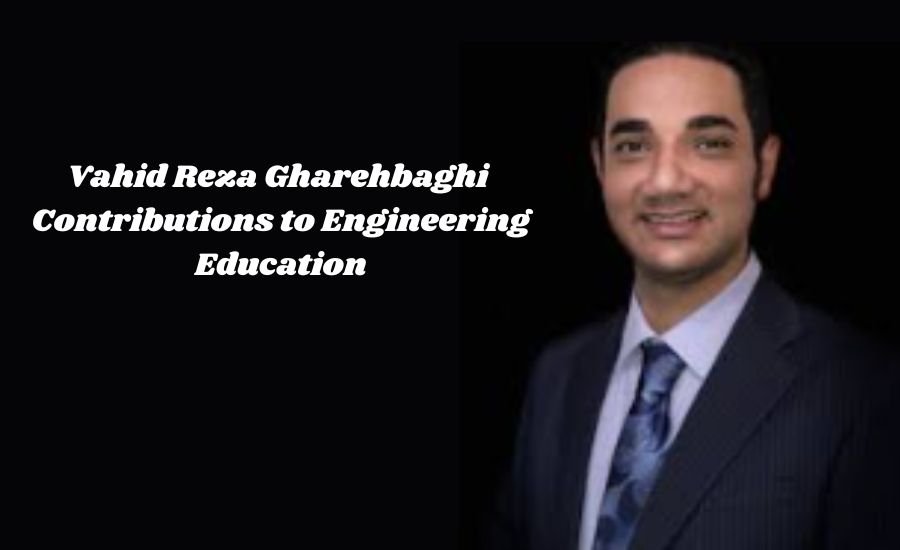
Vahid Reza Gharehbaghi is not only a prominent engineer but also a dedicated educator. He contributes to the field of engineering education by sharing his knowledge and expertise with students. Vahid’s role as an educator helps inspire the next generation of engineers.
In his teaching, Vahid focuses on topics related to structural health monitoring and smart structures. He provides students with valuable insights into the latest technologies and methods used in the field. His experience and research enrich the learning experience for his students.
Vahid also mentors students in their research projects, guiding them through complex engineering problems. His involvement in education helps students gain practical skills and knowledge that are essential for their careers. By supporting students, Vahid is helping to advance the field of engineering.
Overall, Vahid Reza Gharehbaghi’s contributions to engineering education are significant. His dedication to teaching and mentoring ensures that future engineers are well-prepared to tackle the challenges of the field.
Vahid Reza Gharehbaghi’s Role in Advancing Civil Engineering
Vahid Reza Gharehbaghi plays a crucial role in advancing civil engineering through his research and innovations. Civil engineering involves designing and maintaining infrastructure like buildings and bridges. Vahid’s work focuses on improving how we monitor and analyze these structures.
One of Vahid’s key contributions is his research on smart structures. By integrating advanced technologies, he enhances the ability to monitor the health of structures. His innovations help ensure that infrastructure remains safe and reliable over time.
Additionally, Vahid’s use of artificial intelligence and computer vision in civil engineering is transforming the field. These technologies provide more accurate and efficient methods for analyzing and maintaining structures. His work is pushing the boundaries of what is possible in civil engineering.
In summary, Vahid Reza Gharehbaghi’s role in advancing civil engineering is significant. His research and innovations are improving how we design, monitor, and maintain infrastructure, benefiting society as a whole.
Not To Be Skip: patrick fitzgerald ruckersville va
Vahid Reza Gharehbaghi’s Influence on Modern Engineering Practices
Vahid Reza Gharehbaghi has a significant influence on modern engineering practices with his innovative research and techniques. Modern engineering requires new approaches to address complex challenges, and Vahid’s work is at the forefront of these developments.
One area where Vahid has made an impact is in structural health monitoring. His use of advanced technologies like artificial intelligence and computer vision is setting new standards in the field. These innovations improve how engineers monitor and maintain infrastructure.
Additionally, Vahid’s research on smart structures is influencing how engineers design and build safe and resilient structures. His work is leading to new methods and technologies that enhance the performance and safety of buildings and bridges.
In conclusion, Vahid Reza Gharehbaghi’s influence on modern engineering practices is profound. His contributions are advancing the field and shaping the future of engineering with new technologies and approaches.
Vahid Reza Gharehbaghi Impact on Building Design
Vahid Reza Gharehbaghi’s impact on building design is notable due to his innovative research and techniques. Building design involves creating structures that are not only functional but also safe and resilient. Vahid’s work focuses on improving these aspects through advanced monitoring and analysis.
One of Vahid’s contributions is the integration of smart technologies into building design. By using sensors and artificial intelligence, he enhances the ability to monitor the condition of buildings. This approach helps in making informed decisions about maintenance and safety.

Vahid’s research also influences how buildings are designed to handle various stresses and conditions. His work provides valuable insights into creating structures that can withstand environmental challenges and remain safe for occupants.
Overall, Vahid Reza Gharehbaghi’s impact on building design is significant. His innovations help create safer and more resilient buildings, contributing to better infrastructure and improved safety.
The Role of Vahid Reza Gharehbaghi in Structural Engineering Research
Vahid Reza Gharehbaghi plays a key role in structural engineering research through his groundbreaking work and discoveries. Structural engineering focuses on designing and analyzing structures to ensure their stability and safety. Vahid’s research contributes to advancing these practices.
One of Vahid’s main contributions is his research on smart structures and health monitoring. His work involves developing new methods and technologies for evaluating the condition of structures. This research helps engineers detect problems early and maintain the safety of infrastructure.
Additionally, Vahid’s research explores the use of artificial intelligence and computer vision in structural engineering. These technologies enhance the ability to analyze data and monitor structures effectively. His contributions are pushing the boundaries of what is possible in the field.
Conclusion
Vahid Reza Gharehbaghi is doing amazing things in the world of engineering. His work with smart structures and new technologies helps keep our buildings and bridges safe. By using tools like artificial intelligence and computer vision, he makes sure these structures are strong and reliable. His research is changing the way engineers check and maintain infrastructure, which is very important for everyone.
Overall, Vahid’s contributions make a big difference in how we build and look after our important structures. His innovative ideas and hard work help create safer places for us to live and work. Thanks to his efforts, we can feel more confident that our infrastructure will stay in good shape for many years to come.
Read Next: plugboxlinuxerorg
FAQs
Q: Who is Vahid Reza Gharehbaghi?
A: Vahid Reza Gharehbaghi is a civil and structural engineer specializing in smart structures and structural health monitoring (SHM). He is known for integrating artificial intelligence and computer vision into engineering research.
Q: What is Vahid Reza Gharehbaghi’s main area of research?
A: His main research focuses on structural health monitoring and smart structures, using advanced technologies like AI and computer vision to improve structural safety and performance.
Q: Where is Vahid Reza Gharehbaghi currently studying?
A: Vahid Reza Gharehbaghi is pursuing a Ph.D. in Structural Engineering at the University of Kansas.
Q: How does Vahid Reza Gharehbaghi use artificial intelligence in his work?
A: He uses AI to analyze data from structural sensors, which helps in detecting and predicting structural issues more accurately and efficiently.
Q: What are smart structures?
A: Smart structures are buildings or bridges equipped with sensors and technologies that allow them to monitor their own condition and adapt to environmental changes.
Q: What is the significance of Vahid Reza Gharehbaghi’s research?
A: His research helps improve the safety and longevity of structures by advancing methods for damage detection and structural health monitoring.
Q: How does Vahid Reza Gharehbaghi’s work impact civil engineering?
A: His work revolutionizes how engineers assess and maintain infrastructure, leading to safer, more reliable, and longer-lasting buildings and bridges.
Q: What are some of the techniques Vahid Reza Gharehbaghi uses for damage detection?
A: He uses techniques like the Hilbert-Huang Transform and Empirical Mode Decomposition to identify and analyze structural damage early.
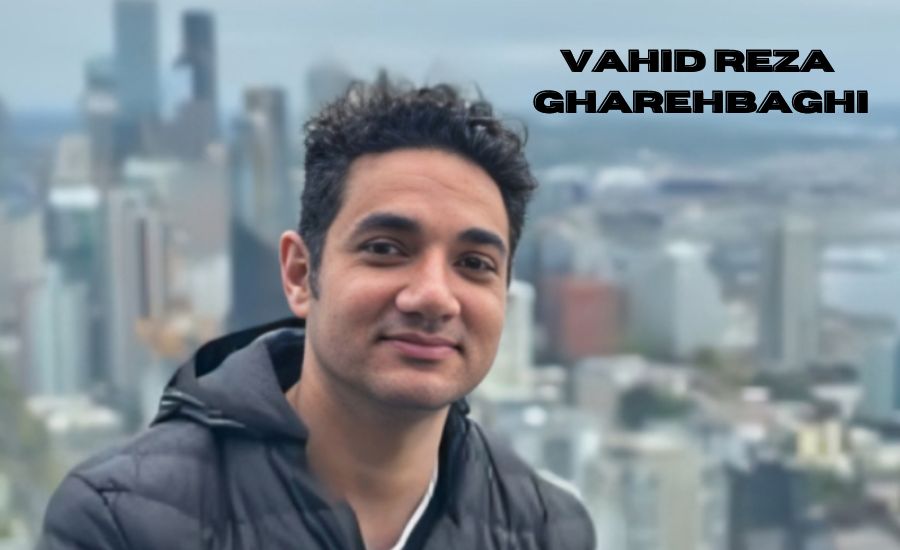
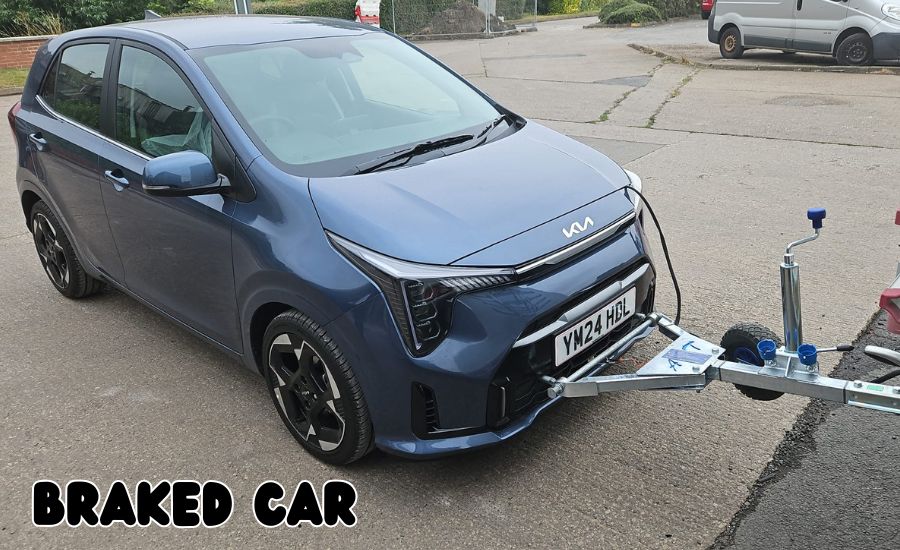



Post Comment